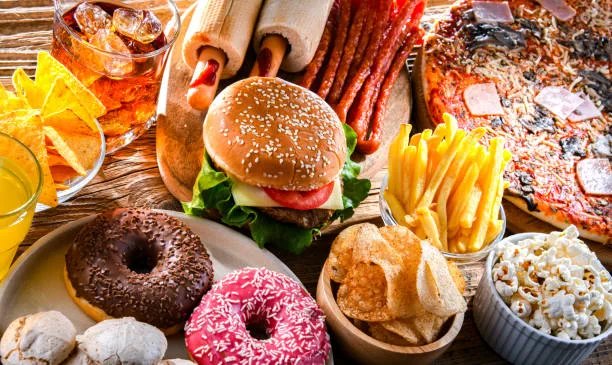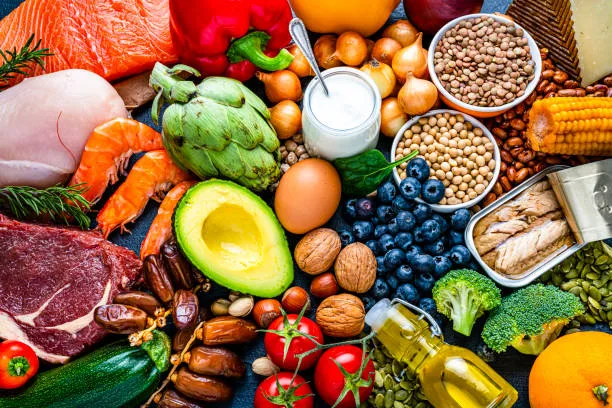For decades, the battle over what’s fueling the world’s obesity crisis has been a public health tug-of-war. One side blames couches and screens for a worldwide slump in physical activity. The other points fingers at mountains of processed food and supersized portions. Now, a sweeping new study spanning six continents may finally tip the scales in favor of one clear suspect: our diets.
In research published in the Proceedings of the National Academy of Sciences, Amanda McGrosky and colleagues have delivered the most comprehensive look yet at how humans burn energy—and how that relates to rising body fat. Their conclusion is both illuminating and a little sobering: It’s not how little we move that’s making us fat—it’s what we eat.
The World in Motion—and at Rest
McGrosky’s team examined data from an impressive 4,213 adults aged 18 to 60, representing 34 populations around the world. The participants ranged from hunter-gatherers in remote wilderness to city-dwellers navigating subways and spreadsheets. Their daily lives—and diets—could hardly be more different.
By measuring how many calories people burned through basic body functions (basal energy expenditure, BEE), plus physical activity (activity energy expenditure, AEE), researchers captured a complete picture of total energy expenditure (TEE). They then paired these numbers with data on body mass index (BMI) and body fat percentage.
Initially, the results were surprising. People in more economically developed countries had higher TEE, AEE, and BEE. In other words, they burned more calories than people in less developed regions. But they were also significantly fatter, with higher BMIs and body fat percentages.
Bigger Bodies, Bigger Burns
Part of the answer lay in body size itself. People in wealthy nations tend to be taller and larger overall—a trend shaped by better childhood nutrition and other factors. Bigger bodies naturally burn more calories, even at rest.
So McGrosky’s team dug deeper. They adjusted their data for height, weight, sex, and age. Once these variables were accounted for, the picture shifted. TEE and BEE actually dropped slightly—by about 6–11%—in more economically developed populations.
Yet, even after all these corrections, AEE—the calories burned through physical activity—remained higher in wealthier regions. Put simply, people in developed countries aren’t moving less than their counterparts elsewhere. In fact, they’re moving slightly more.
Blame the Supermarket, Not the Sofa
If exercise isn’t the problem, what is? The team’s analysis points squarely at diet—and especially at the modern flood of ultra-processed foods (UPFs). These are the brightly packaged items lining supermarket shelves: snack cakes, processed meats, ready-made meals, and sugary drinks.
The data showed that the share of UPFs in the diet was positively correlated with body fat percentage. In other words, the more ultra-processed foods people ate, the fatter they tended to be—even if they were burning plenty of calories through activity.
Ultra-processed foods are a modern marvel of taste engineering. They’re designed to hit all the brain’s pleasure buttons: salt, sugar, fat, vibrant colors, and satisfying crunch. But they’re also energy-dense and often stripped of the natural fibers and nutrients that help us feel full.
“The hyperpalatability, energy density, nutrient composition, and appearance of UPF might disrupt satiety signaling and encourage overconsumption,” the researchers write. “Processing has also been shown to increase the percentage of calories consumed that are absorbed into the body rather than excreted.”
A Call to Action—and to Moderation
Despite their findings, McGrosky and her team emphasize that exercise remains crucial. It might not be the silver bullet against obesity, but it’s still essential for preventing disease, keeping hearts healthy, and maintaining good mental health.
But tackling obesity, they say, means facing the harsh truth: we can’t simply outrun a bad diet. Public health efforts must focus on reducing consumption of ultra-processed foods, understanding why they have such powerful effects on our bodies, and helping people make healthier choices.
Their study challenges the narrative that individuals struggling with weight are simply too sedentary or undisciplined. Instead, it highlights the modern food environment as a potent force nudging us toward higher body fat—even as we stay active.
A Global Puzzle With Local Solutions
Obesity is a global epidemic—but it plays out differently around the world. The hunter-gatherers of Africa, the farmers of South America, and the office workers of Europe live in profoundly different food landscapes. Yet, wherever ultra-processed foods creep in, obesity tends to follow.
“This is not just an issue of personal willpower,” McGrosky notes. “It’s about the kinds of foods people have access to and the environment they’re living in.”
From policy makers to everyday consumers, the message is clear: moving more is vital—but changing what’s on our plates may matter even more.
Reference: Amanda McGrosky et al, Energy expenditure and obesity across the economic spectrum, Proceedings of the National Academy of Sciences (2025). DOI: 10.1073/pnas.2420902122






